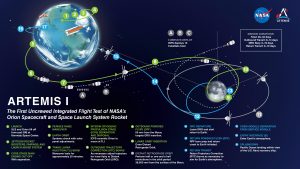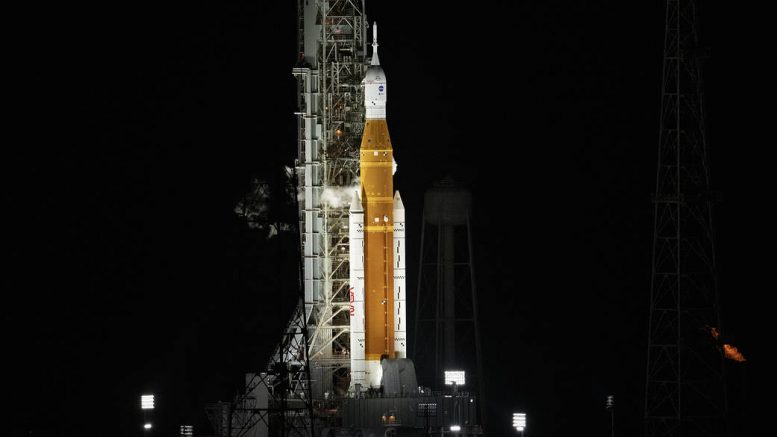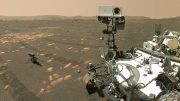A new mission has been recently begun by NASA, Artemis, with the goal to bring humans back to the moon for the first time since 1972. Artemis officially commenced with Artemis 1, which successfully launched on November 16th after over two months of delay that postponed the launch date from August 29th, 2022.
Artemis I consists of a spacecraft, Orion, and the launching vehicle, SLS ( Space Launch System), as well as ten satellites located in SLS. This first mission will be uncrewed and will not land on the moon. It serves the purpose of testing the spacecraft, helping ensure a safe exit and arrival of the to-be crew of the Artemis II mission.

A visual of the Artemis I plan. The green path is that of the journey to the moon, the blue of the journey back, and the gray of the orbit around the moon. | Source: NASA
Artemis I plans to last 26–42 days. During that time, the spacecraft will enter the moon’s orbit, then execute a half to one-and-a-half orbit around the moon. It will then return to Earth and land in the Pacific Ocean, to be recovered by a U.S navy ship.
While Artemis I acts as an essential foundation for the mission, Artemis’ mission also consists of Artemis II and III, the 2nd and 3rd missions. Artemis II plans to bring humans to the farthest they have ever been in space, past the moon. Artemis III, the last mission, plans to land a crew on the moon to live for an entire week.
The supposed never-ending stream of delays, from Hurricane Nicole to a liquid nitrogen leak, for Artemis I is a reminder of the uncertainty that comes with space missions and the worry about both the success and safety of the crew and mission.
The Artemis mission, while not only sending humans to the moon again, aims to bring diversity along with it, planning to send the first woman and person of color to the moon. The mission uses more advanced technology, which is planned to be used for the astronauts to live for a week on the moon, compared to humanity’s last stay of a little less than 22 hours. The success of Artemis I will be the opening of the gate to a more active human presence in space.






Be the first to comment on "The Artemis I Mission"